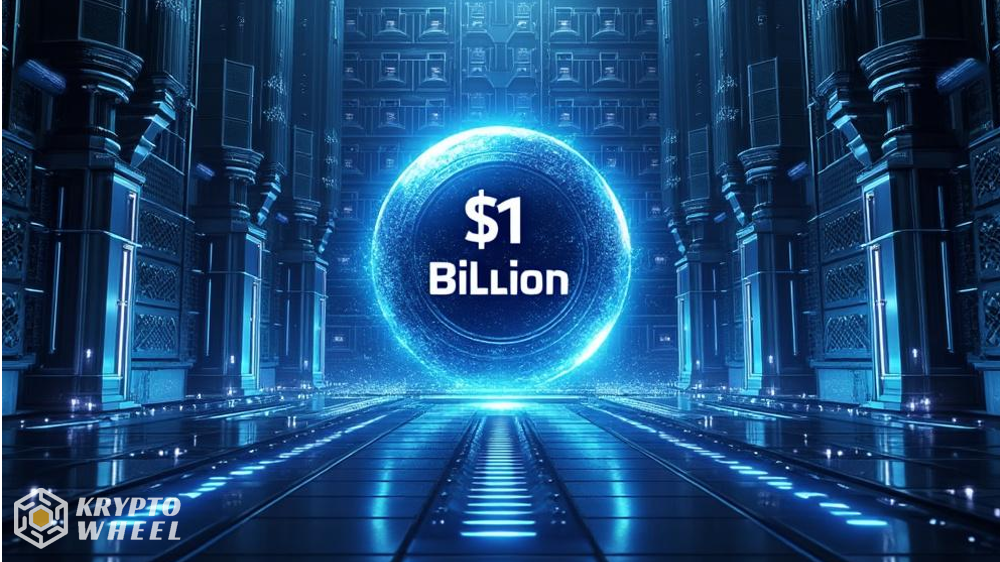Artificial intelligence is starting to handle things that used to require a person. It’s not just answering questions anymore—it’s making decisions, managing workflows, and in some cases, even spending money. But the systems that handle payments? They haven’t really kept up.
Most of today’s financial networks are built on old, centralized infrastructure. Think Visa and Mastercard. They’re closed systems, slow to change, and not really built for the kind of instant, automated transactions that AI agents need.
Why Legacy Systems Fall Short
Big card networks are experimenting with AI, sure. But their solutions are designed for traditional businesses, not for the fast-moving, decentralized world where a lot of innovation happens. If your business operates on digital assets like Bitcoin, you’re pretty much out of luck.
These systems just weren’t built for machines to pay other machines without a human stepping in to approve everything. And that creates a bottleneck. When an AI needs to pay for a service right now, it can’t wait for a bank to open on Monday.
A New Kind of Payment Stack
So what does a better system look like? For a lot of developers, it starts with stablecoins. They’re predictable, digital, and can move across borders without traditional banking delays. That makes them useful for paying AI models or freelance workers anywhere in the world.
Then there’s the Bitcoin Lightning Network. It allows for near-instant settlements at a fraction of a cent. It operates outside the conventional card networks, which is exactly why some people find it interesting. If a drone needs to order a replacement part or an AI assistant needs to buy data, it can do so without asking for permission.
In this setup, stablecoins act like a digital salary for automated work, and Lightning works like the payroll system—fast, automatic, and always on.
AI Is Already Spending Money
This isn’t just theoretical. AI models are already doing tasks that involve spending. They can order supplies, book travel, or call paid APIs for services like grammar checks or data analysis. The problem is, most billing systems aren’t built for that. They’re manual, slow, and often require upfront commitments or charge hefty fees per transaction.
Stablecoins are stepping in as a practical solution. They don’t have the volatility of other cryptocurrencies, and they settle quickly. In fact, stablecoin transaction volume is massive—trillions of dollars a year, rivaling major card networks.
Giving AI agents a budget in stablecoins allows them to find the best service at the lowest cost, right when it’s needed. It turns spending into a precise, programmable function.
Where Bitcoin Fits In
While many stablecoins run on chains like Ethereum, Bitcoin—especially with the Lightning Network—is emerging as a key piece of the infrastructure. It’s secure, decentralized, and increasingly used for small, instant payments.
There are already early examples of AI using Lightning for micropayments. Some developers are using a protocol called L402, which lets an AI pay tiny amounts—sometimes just fractions of a cent—to access data or APIs. It can even help reduce spam by requiring a small payment for access.
It’s still early, but the idea is gaining traction. The goal is a system where machines can transact freely, without gatekeepers or delays. And for that, many builders are looking past the old rails and toward something new.










